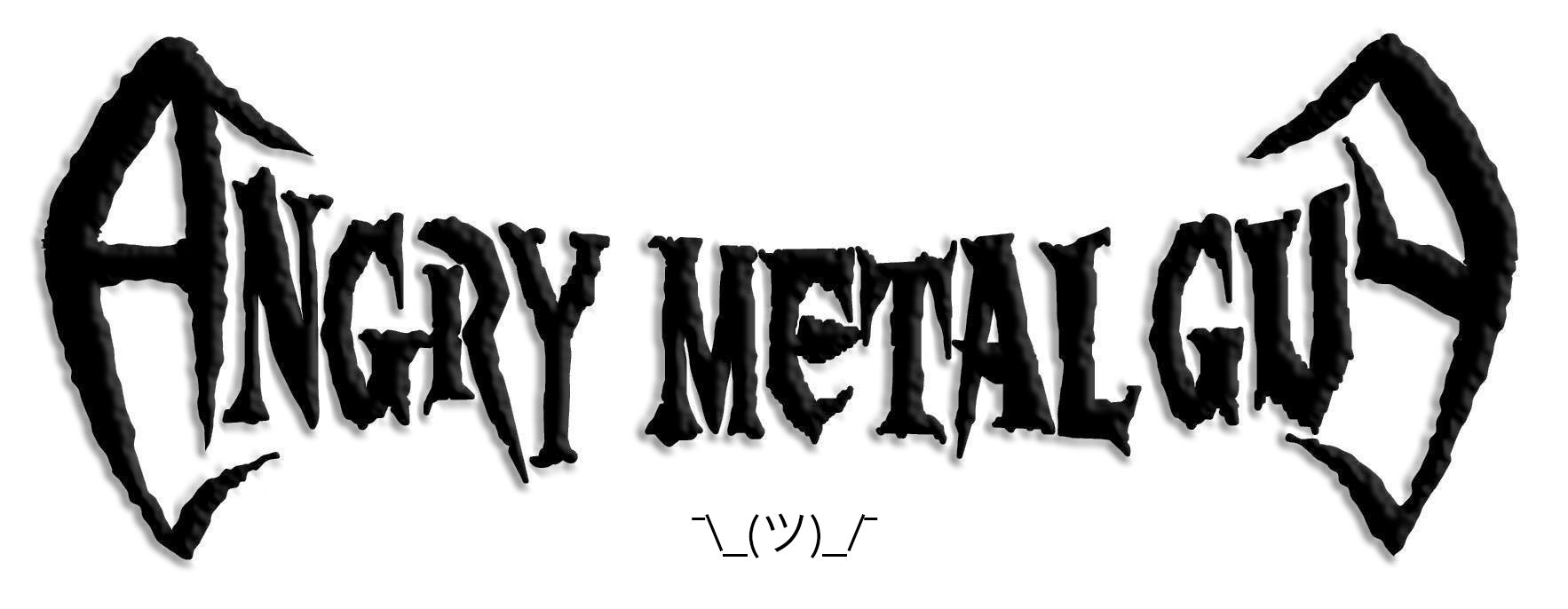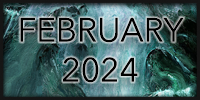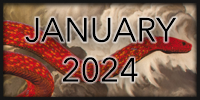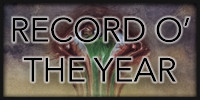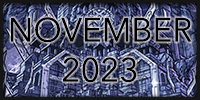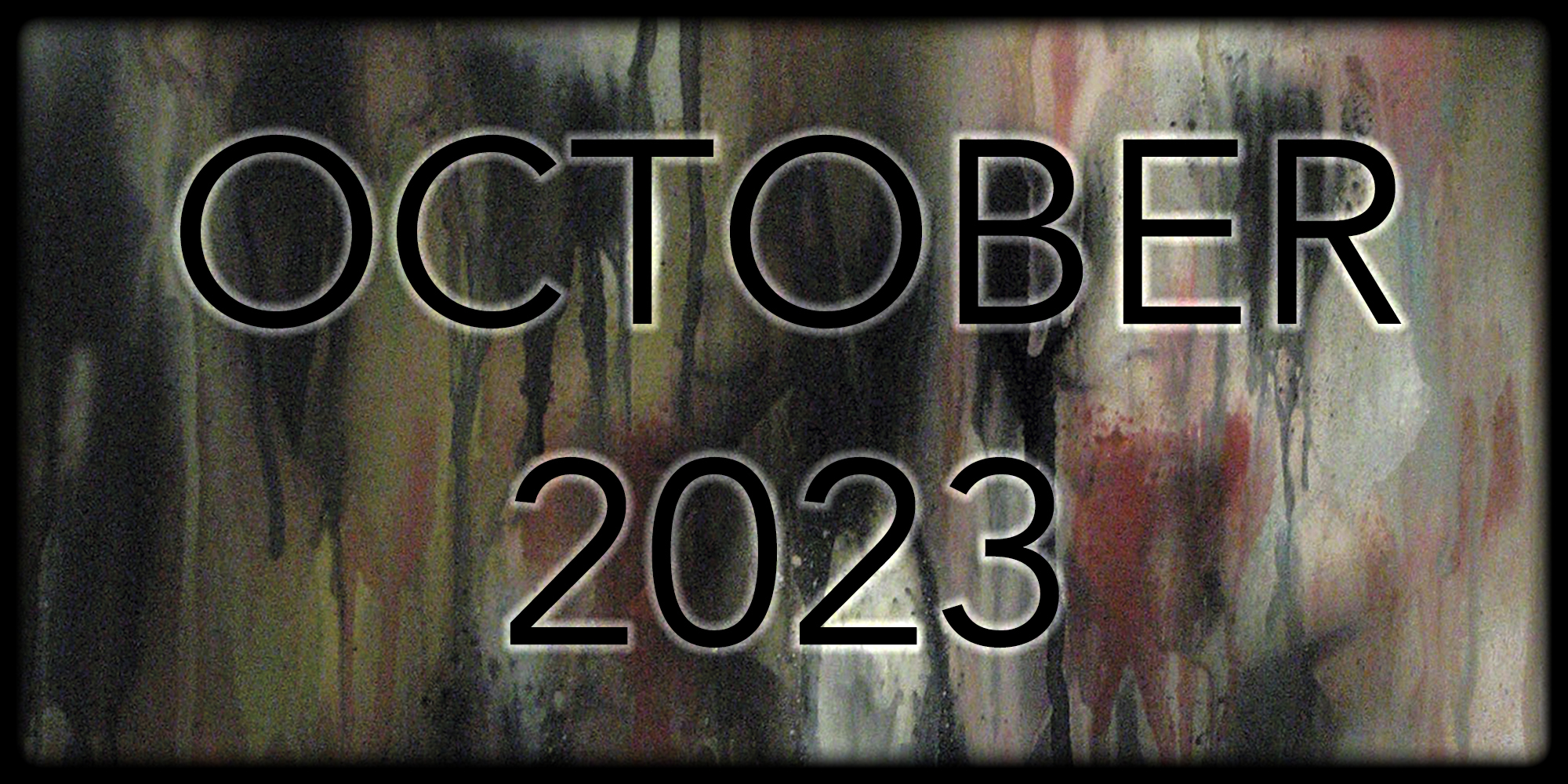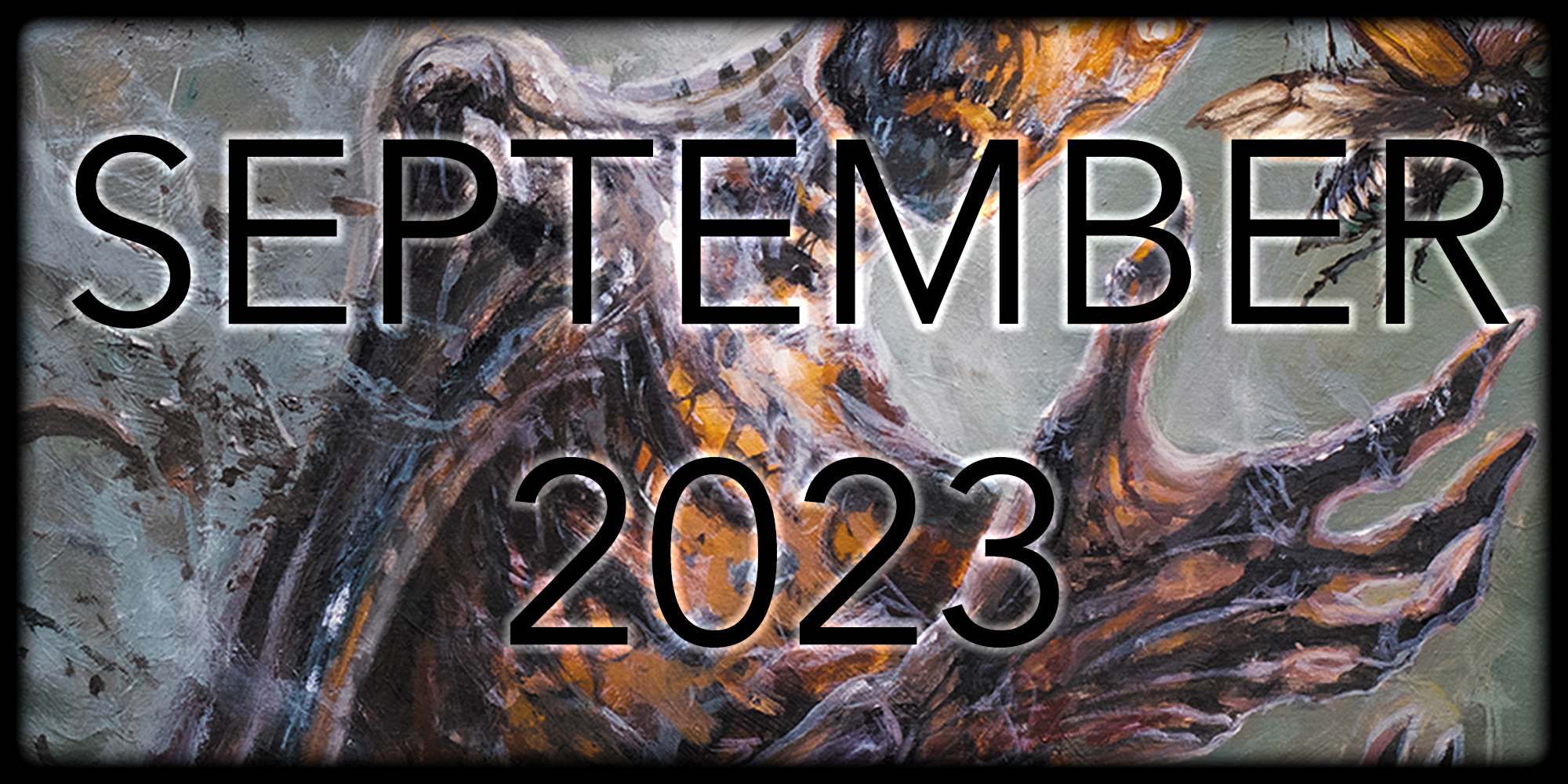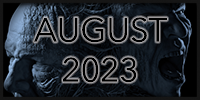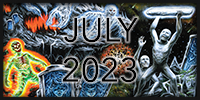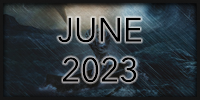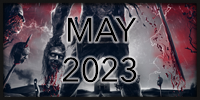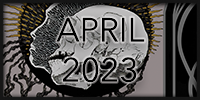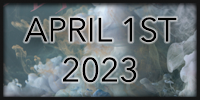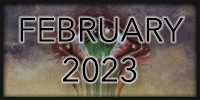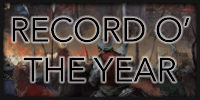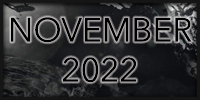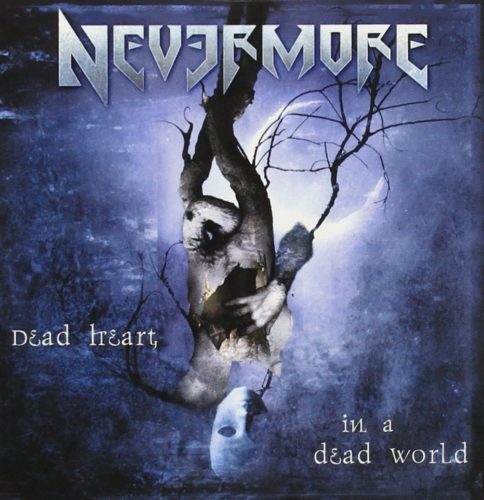 When we last left our heroes, they’d just taken their first steps down a dark and untraveled path, and from my detached, future, fanboy perspective, I can’t help but genuinely wonder if they had any idea where that path was taking them. 1999’s Dreaming Neon Black saw Seattle’s Nevermore taking on a more emotionally dense aesthetic than their previous works, and that album’s success resulted in the band embarking on an extensive world tour cycle with a diverse host of bands. The return home saw the exit of second guitarist Tim Calvert, leaving it up to the original Nevermore four-piece to figure out what would come next. Well, it didn’t take them long, because on 2000’s Dead Heart in a Dead World, Warrel Dane, Jeff Loomis, Jim Sheppard, and Van Williams cemented their constantly evolving style into a signature sound that they would use to devastate the field of heavy progressive music for the next decade.
When we last left our heroes, they’d just taken their first steps down a dark and untraveled path, and from my detached, future, fanboy perspective, I can’t help but genuinely wonder if they had any idea where that path was taking them. 1999’s Dreaming Neon Black saw Seattle’s Nevermore taking on a more emotionally dense aesthetic than their previous works, and that album’s success resulted in the band embarking on an extensive world tour cycle with a diverse host of bands. The return home saw the exit of second guitarist Tim Calvert, leaving it up to the original Nevermore four-piece to figure out what would come next. Well, it didn’t take them long, because on 2000’s Dead Heart in a Dead World, Warrel Dane, Jeff Loomis, Jim Sheppard, and Van Williams cemented their constantly evolving style into a signature sound that they would use to devastate the field of heavy progressive music for the next decade.
Dead Heart in a Dead World may have arrived hot on the heels of Dreaming Neon Black, but it did so with some immediately noticeable differences. The opening salvo of “Narcosynthesis” reveals a beefier guitar sound thanks to Jeff Loomis transitioning to the seven-stringed version of the instrument — a move fueled by his longtime love for Meshuggah. Coupled with the Andy Sneap production, the move to the seven-string seemed to finally make audible a sinister heaviness that had always resided latently within the Nevermore sound of old. The album also saw Dane taking on a more diverse vocal approach as he manages to nail powerful ballads like “Evolution 169” and “The Heart Collector” while also savagely laying waste on tracks like “Engines of Hate” and “We Disintegrate.” The result of all of these changes was a record that was not only heavier than Nevermore’s previous output, but also more immediately accessible.
And it couldn’t have come at a better time. Dead Heart in a Dead World was released a few weeks1 before Linkin Park’s Hybrid Theory — arguably the height of the mainstream nü metal movement. Its combination of down-tuned, chugging riffs, stratospheric shredding and brutal thrashing served as a bridge between two worlds, equally capable of pleasing casual fans of heavy radio-friendly music and true metalheads alike. A song like “The River Dragon Has Come” seems as if it was specifically designed to lure wide-legged-pants-wearing nü metal punks into the metal underground with its massive grooves, Dane’s dramatic vocals, and one of Loomis’ all-time greatest solos, and the band’s devastatingly heavy cover of Disturbed’s “The Sound of Silence”2 makes it seem as if the song was always meant to be performed by Nevermore. As a recovering nü metal lover myself, I can at least partially trace my current love for extreme metal back through the gateway that Dead Heart opened for me, and I’m sure I’m not the only one who can say such a thing.
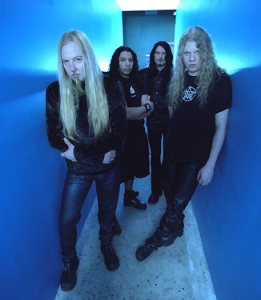 Third track “Inside Four Walls” is where the record really hits its stride, and the song not only contains one of the most effectively simple grooves of all time, it also showcases Warrel Dane performing in one of his most powerful roles: that of the mad prophet. As deranged as the man sounds on many of his recordings — and in many of his interviews — he devoted a lot of time and effort calling attention to important causes. “Inside Four Walls” takes on the War on Drugs and mass incarceration — an issue the United States is still violently wrestling with 20 years after the song’s release. “The River Dragon Has Come” warns against the unbridled advancement of technology by dramatically retelling the tale of the 1975 Banqiao Dam failure, a man-made disaster that resulted in the deaths of tens — potentially hundreds — of thousands of Chinese citizens. Sadly, we can only wonder what warnings the troubled prophet might have offered us had he lived to see a year like 2020.
Third track “Inside Four Walls” is where the record really hits its stride, and the song not only contains one of the most effectively simple grooves of all time, it also showcases Warrel Dane performing in one of his most powerful roles: that of the mad prophet. As deranged as the man sounds on many of his recordings — and in many of his interviews — he devoted a lot of time and effort calling attention to important causes. “Inside Four Walls” takes on the War on Drugs and mass incarceration — an issue the United States is still violently wrestling with 20 years after the song’s release. “The River Dragon Has Come” warns against the unbridled advancement of technology by dramatically retelling the tale of the 1975 Banqiao Dam failure, a man-made disaster that resulted in the deaths of tens — potentially hundreds — of thousands of Chinese citizens. Sadly, we can only wonder what warnings the troubled prophet might have offered us had he lived to see a year like 2020.
I don’t think that Dead Heart in a Dead World is a perfect record — the closing trio of songs is good but doesn’t quite live up to the absolutely essential nature of the tracks that come before it — but it comes close. Still, this is probably the best entry point for those who’d like to begin exploring the band’s impressive discography. With Dead Heart, Nevermore not only released one of the very best metal albums of the year 2000, they also created a sound through which they would eventually achieve heavy metal perfection. The stage may be empty now, but each time I spin this record, I’m reminded that even when I feel like I can believe in nothing else, I can believe in Nevermore.
